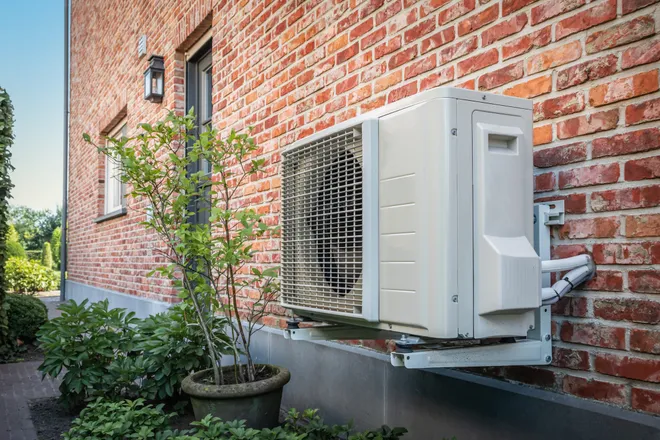New Yorkers, it’s time to crank up the air conditioning inside as the temperatures outdoors rise during the summer months.
Well-maintained air conditioning units are key to saving money and ensuring good indoor air quality, so it’s important to know when and how to clean your air conditioner.
Here’s how often you should clean and check your air conditioning units and how to replace their filters.
Keeping your air conditioning unit clean
Replacing a dirty filter can lower your air conditioning unit’s energy consumption by 5-15%., the U.S. Department of Energy says.
Here’s when and why you should clean and check your air conditioner’s filters, coils and drains.
Air conditioner filters
When to clean/check: Clean or replace your air conditioning system’s filters every month or two during the cooling season
Why: Clogged, dirty filters reduce the amount of airflow and a system’s efficiency, the U.S. Department of Energy said. Air can bypass the filter if the airflow is obstructed, depositing dirt directly into the evaporator coil, which diminishes the coil’s heat-absorbing capacity.
Air conditioner coils
When to clean/check: Check your evaporator and condenser coils every year and clean as necessary
Why: Dirt buildup reduces the air conditioning unit’s airflow and insulates the evaporator coil, reducing its ability to absorb heat, the U.S. Department of Energy said. Be sure to also remove dirt and debris, such as leaves and grass, from around the outdoor condenser coils.
Coil fins
Why: Aluminum fins on the air conditioning unit’s evaporator and condenser coils can be easily bent, blocking airflow. A “fin comb” tool can be used to comb the fins back into place.
Condensate drains
How and when to clean/check: Occasionally pass a stiff wire through the unit’s drain channels
Why: Clogged drain channels prevent an air conditioning unit from reducing humidity, according to the U.S. Department of Energy. Excess moisture may discolor walls or carpeting.
Window seals for room air conditioners
When to clean/check: Inspect the seal between your air conditioning unit and window frame at the start of each cooling season to ensure the frame makes contact with the unit’s metal case
Why: Moisture can damage the seal, the U.S. Department of Energy says, allowing cool air to escape from your house.
How to change a filter
Some filters are reusable, while others need to be replaced, the U.S. Department of Energy states.
If they’re not reusable, make sure you get the correct size filter and place the filter correctly in the unit, according to Home Depot’s website. If the filter is not properly installed, the unit has to work harder to pull air through the opposing side.
Filter locations vary by unit, as well. They can typically be found along the air conditioner return duct and may be located in walls, ceilings or in the air conditioner itself. For example, window-unit air conditioners’ filters are usually mounted in the grill that faces into the room.
To change a window air conditioning unit, Home Depot says to follow these steps:
- Turn off and unplug the air conditioning unit.
- Remove the front cover and clean it, if necessary. Scrub the cover in soapy water then rinse and dry with a microfiber cloth.
- Remove the filter and shake it out to dislodge as much dirt and dust as possible. Lightly rinse it with soapy water then rinse with clear water until it’s clean. Air-dry the filter completely before putting it back into the unit.
- To reinsert the filter, line up the notches on the filter frame with the spaces inside the filter compartment.
- Replace the cover and restore power to the unit.
If your air conditioning unit needs more than regular maintenance, the U.S. Department of Energy advises you to hire a professional to inspect it further.

